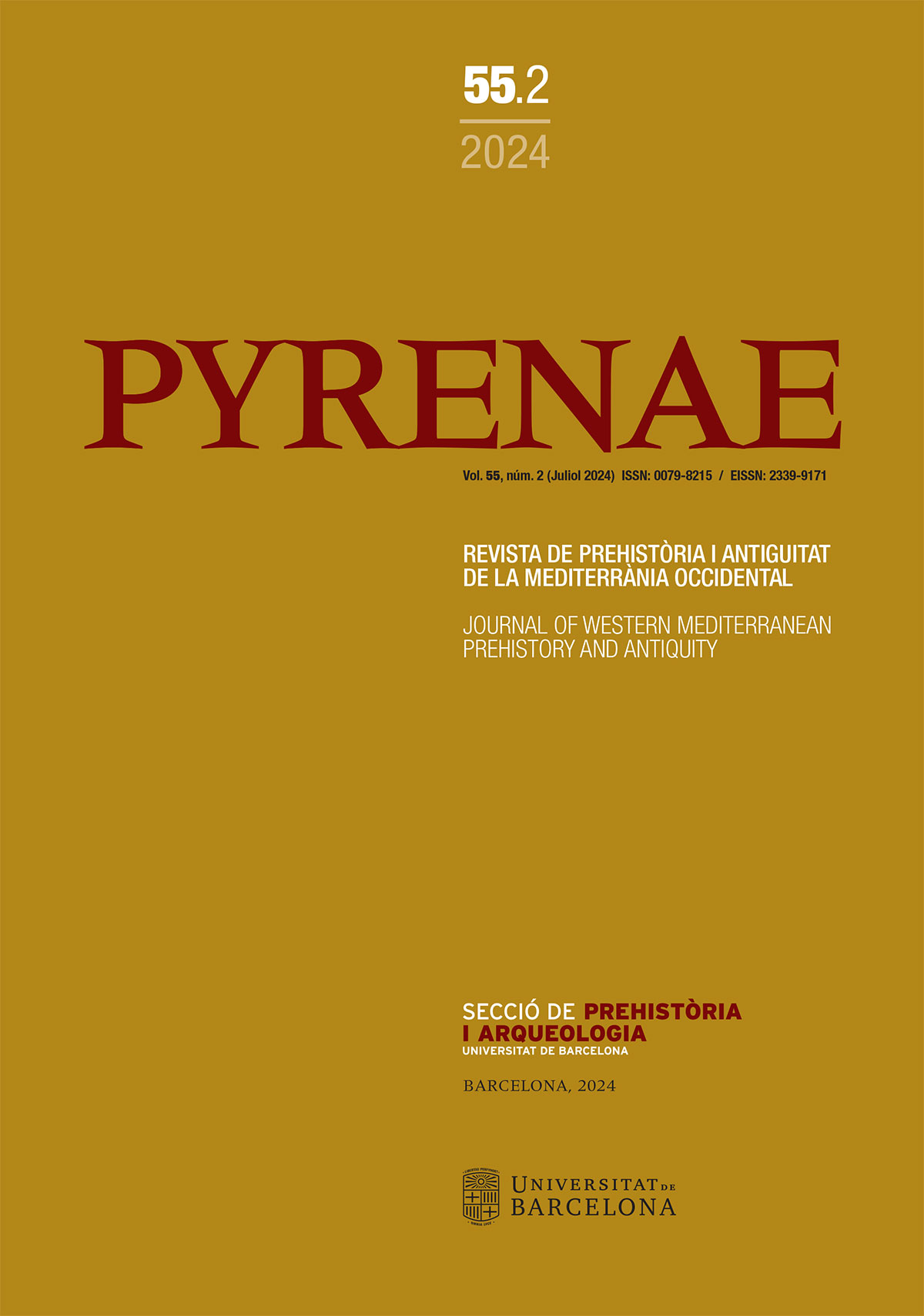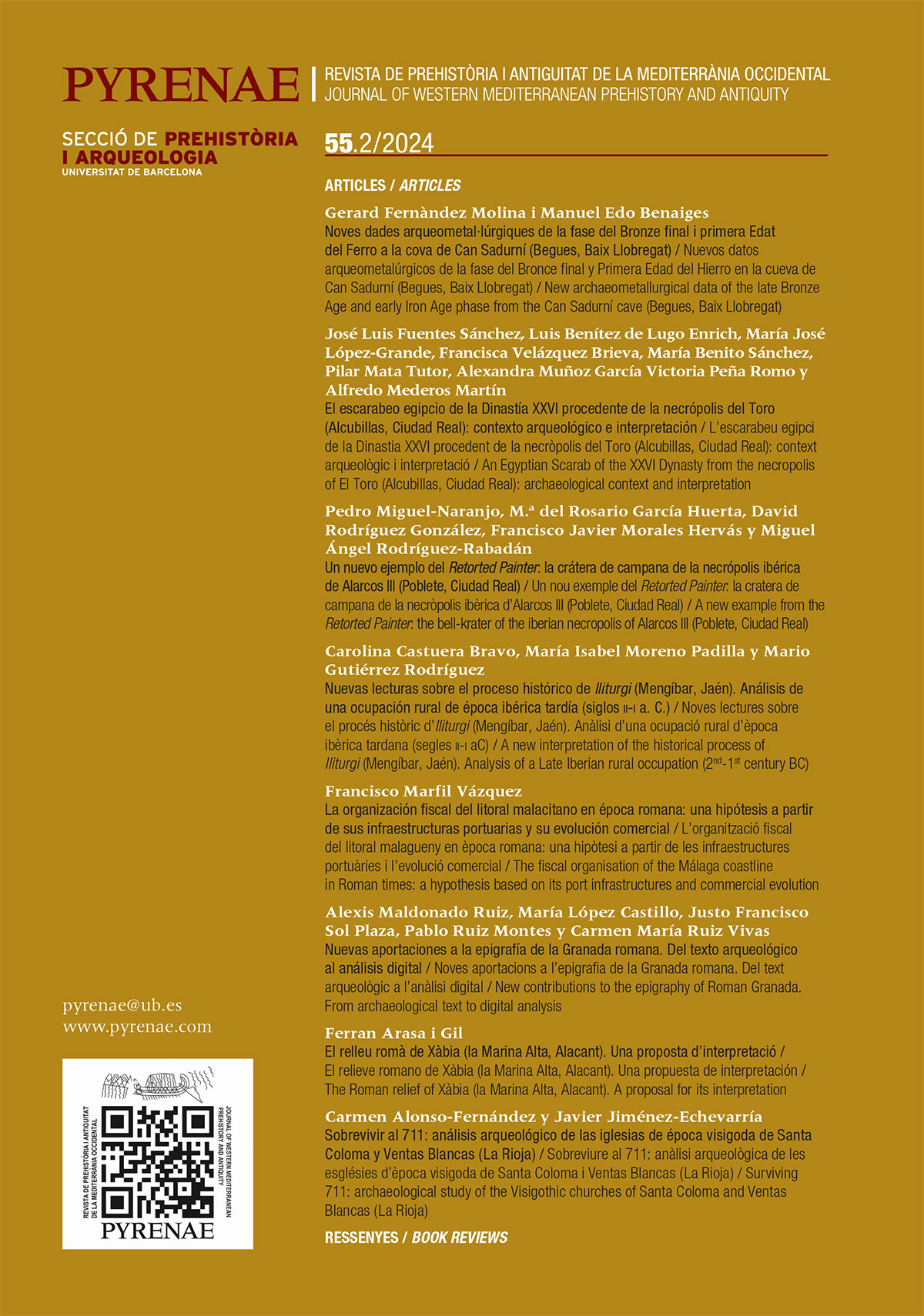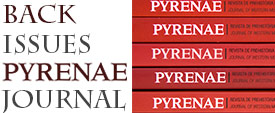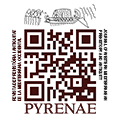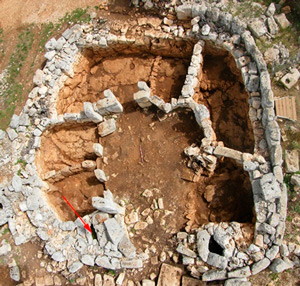 El registro arqueológico escondido en Torre d’en Galmés, Menorca. Historias de micromorfología de suelos
El registro arqueológico escondido en Torre d’en Galmés, Menorca. Historias de micromorfología de suelos
Paul Goldberg / Amalia Pérez-Juez
PYRENAE, vol. 49 núm. 1 (2018) ISSN: 0079-8215 EISSN: 2339-9171 (p. 71-97). DOI: 10.1344/Pyrenae2018.vol49num1.3
Menorca contains a wealth of archaeological sites dating to the Talayotic period (1st millennium BC) and occupied throughout the late Middle Ages. These sites have been the object of a number of excavations in the past decades. Most excavations have concentrated on revealing the architecture and traditional aspects of the archaeological record. Many facets of site formation and the stratigraphic record, however, are often not visible, go unnoticed, or are largely under the radar. The main goal of this paper is to show how archaeological soil micromorphology can reveal information about human activities and site use within and between structures at Torre d’en Galmés that are virtually unseen in the field. As such, it more than supplements information derived from the ‘traditional’ archaeological record, which can be deficient in revealing what people were actually doing at the site, and should be viewed as part of the archaeological record.
KEYWORDS: STRATIGRAPHY, SOIL MICROMORPHOLOGY, TALAYOTIC, MENORCA, SPHERULITES, COPROLITES, DUNG
Menorca es rica en yacimientos arqueológicos construidos durante el primer milenio a.C. —cultura talayótica— y ocupados de manera intermitente hasta la Baja Edad Media. En las últimas décadas, varios de estos yacimientos han sido objeto de intervenciones arqueológicas con proyectos de investigación centrados en el estudio de la arquitectura, cerámica, fauna y otros materiales recuperados durante la excavación. Sin embargo, algunos aspectos del registro arqueológico no son visibles en el yacimiento. El objetivo principal de este trabajo es mostrar cómo la micromorfología de suelos puede revelar información sobre actividades humanas y el uso del espacio en el yacimiento de Torre d’en Galmés, aunque sean invisibles durante los trabajos de campo. De esta manera, la micromorfología complementa la información que se obtiene del registro arqueológico “tradicional”, que puede ser deficiente en el estudio de actividades humanas y estudio del pasado.
PALABRAS CLAVE: ESTRATIGRAFÍA, MICROMORFOLOGÍA DE SUELOS, CULTURA TALAYÓTICA, MENORCA, ESFERULITOS, COPROLITOS, ESTIÉRCOL





